Why you should grow tomatoes in fabric pots
For urban gardeners, space is always a concern. Growing tomatoes in fabric pots
Considerations for growing tomatoes in pots
The first consideration is of course how much sun your growing location gets. Realistically, the more light the better, but tomatoes need at least of 8 hours of direct sun a day. Tomatoes do prefer either morning or afternoon light, as full summer mid-day sun may be too intense for the plants.
The second consideration is container size. The minimum fabric container size for tomatoes is 5 gallons. The larger the container you can manage, the better, so if you have room for 8 or 10 gallon containers, you will have happier plants.
Soil mix for tomatoes in fabric pots
Most plants that you will want to grow in pots are happy with average soil. When you are growing tomatoes in fabric pots, you need to recognize that tomatoes have special needs. Primarily, tomatoes require a good deal of water and are heavy feeders. Fabric pots tend to wick away water faster than solid pots, which means that you have to stay on top of your watering. At the same time, they don’t like to be waterlogged, so you need a potting mix that doesn’t compact too tightly but at the same time holds water.
If you are working with a balcony garden then you will likely be limited to purchasing pre-made potting mix. Gardeners with room to store and mix
Tomatoes, despite their seeming fragility, will grow in most soil short of clay. A mix of 60% compost and 40% peat moss or coir will be fine for tomatoes in fabric pots. For the most part, you can skip the usual amendments of Perlite or other amendments for drainage due to the fact that the fabric pots drain exceedingly well. In addition to drainage, there are some extra amendment concerns that need to be addressed for optimal growth and tomato production.
Epsom salt for tomatoes in containers
Epsom salts are a boon for tomatoes as it provides magnesium sulfate which is essential for growth. A deficiency in magnesium or sulfur can cause tomatoes to grow small and spindly, leaves to yellow between leaf veins late in the season, and fruit to be slow in maturing and ripening.
Incorporating Epsom salts into your tomato garden is incredibly easy. As you are planting your tomatoes, add one tablespoon of Epsom salt per container. As plants grow, they will require one tablespoon of Epsom salt per foot of height per month. This can be applied by side dressing, mixed in with watering or as a foliar spray.
Coffee grounds for tomatoes
One suggestion you may want to employ is using coffee grounds around your tomato plants. Used coffee grounds are excellent as fertilizer, are a great source of nitrogen and it is claimed to repel slugs if your ring your plants with them.
Bone meal for tomatoes in containers
Bone meal is an excellent source of phosphorus, nitrogen, and calcium, all of which are required for strong tomato growth. Tomato plants
Watering tomatoes in fabric pots
Tomatoes prefer perfectly damp, not overly wet soil that doesn’t dry out. Tomatoes will get stressed if they go from dry to wet too often. Your tomatoes in fabric pots will generally require daily watering, especially in the summer months as they get bigger. This is one of those times when having a moisture meter comes in very handy. This will allow you to
You may want to consider using stake style watering tool. These are clay attachments that connect to a 2-liter water bottle that will slowly leech water into the soil as it needs it. These can help balance out your watering, especially on warm and/or windy days.
Support for tomatoes in pots
Tomatoes will absolutely require support as they go vertical. There are several ways to achieve this, either using a string tied to some support above or a tomato cage of some type. An important consideration for this is that
Planting tomatoes in fabric pots
As with planting tomatoes in the ground or in other types of containers, you can plant tomatoes deep to start and add soil as they get bigger. I prefer to leave 3-6″ of soil on the bottom of the bag, and roll down the sides of the bag so the new plant can get plenty of light. As the plant gets taller, you simply unroll the bag and add more soil.
Final thoughts
In my opinion, growing tomatoes in fabric pots is one of the best ways to go for an urban gardener that is short on space. They are affordable, easy to use, and deliver consistent results. When you are planning your next summer’s garden, consider adding a few tomatoes in fabric pots to the mix.
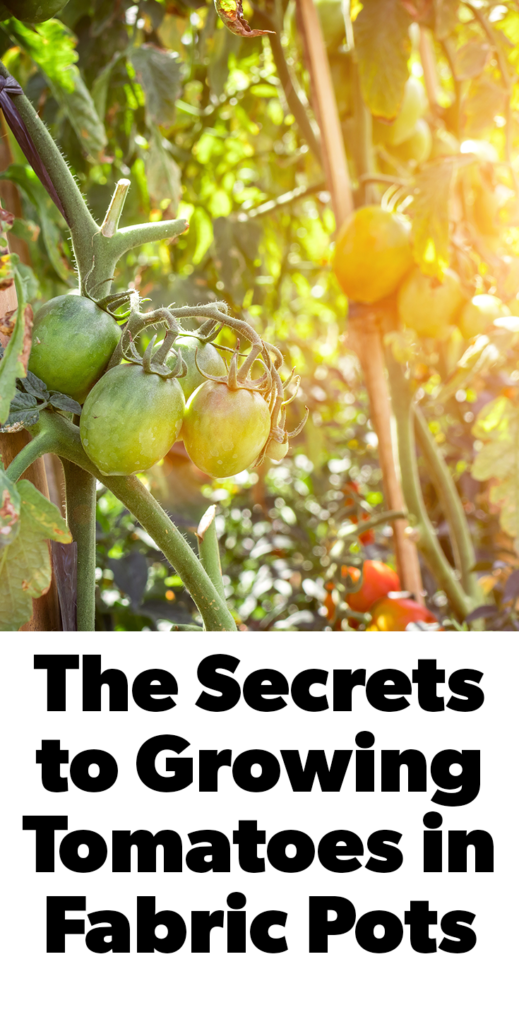

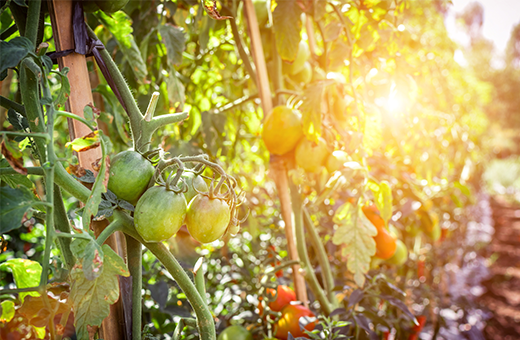

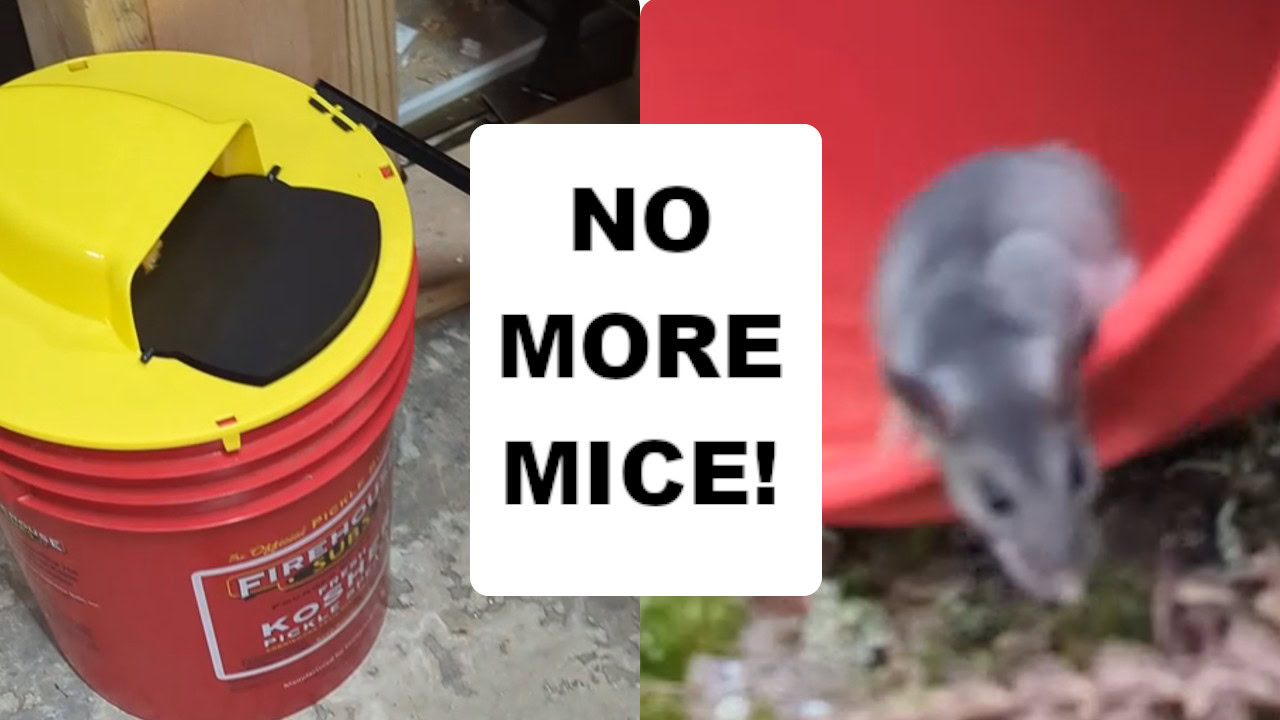
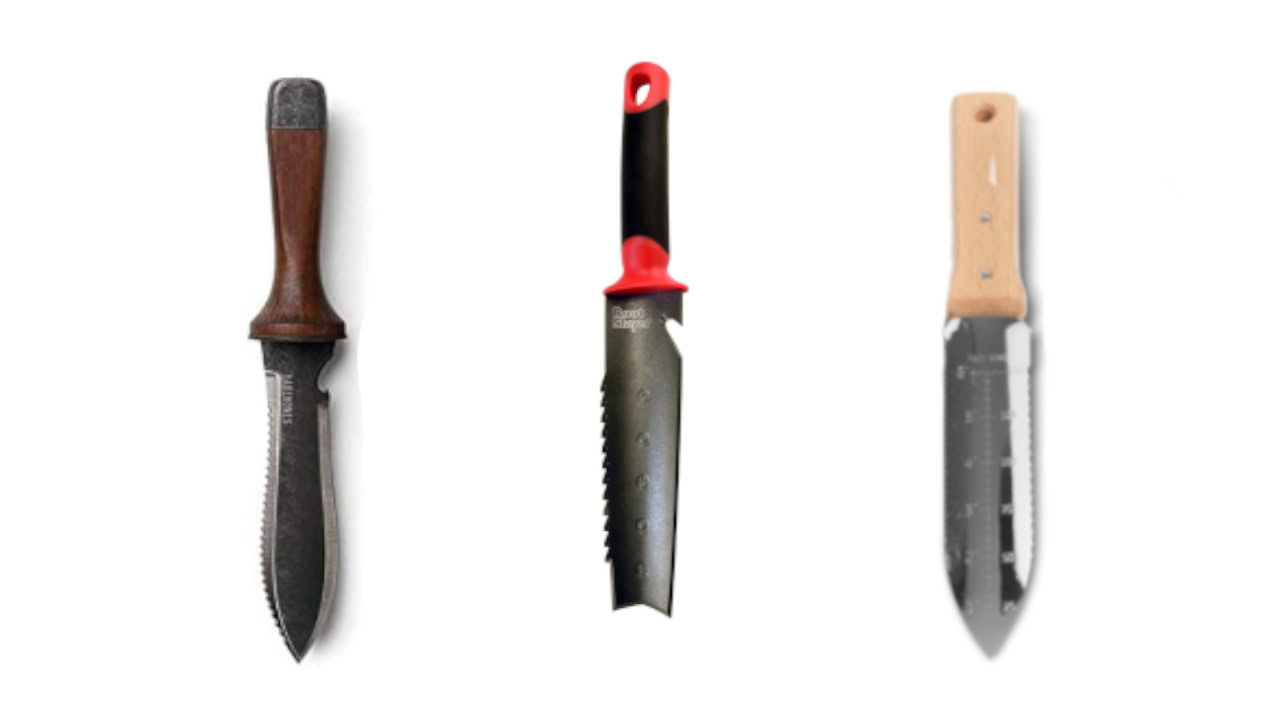
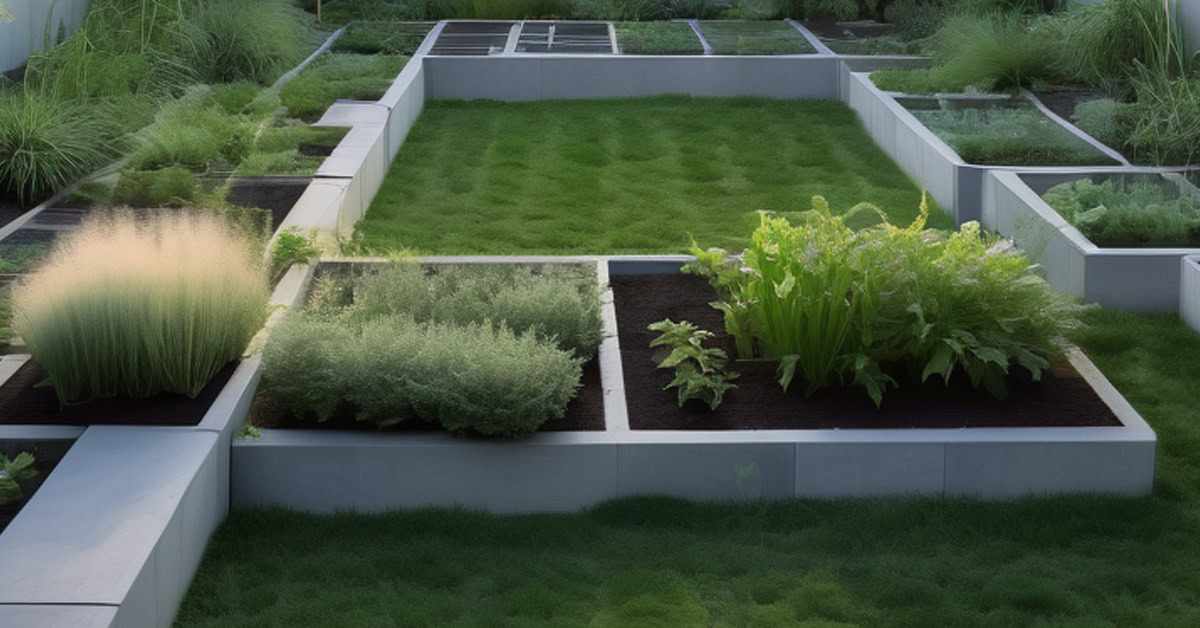
3 Responses
How many plants can I put in 1 pot?
Definitely only one. You don’t want to crowd your tomatoes.
Hey! Total novice here using fabric pots and tinkering with this one’s curled leaves and that one’s
split tomatoes… thanks for this! I appreciate you!